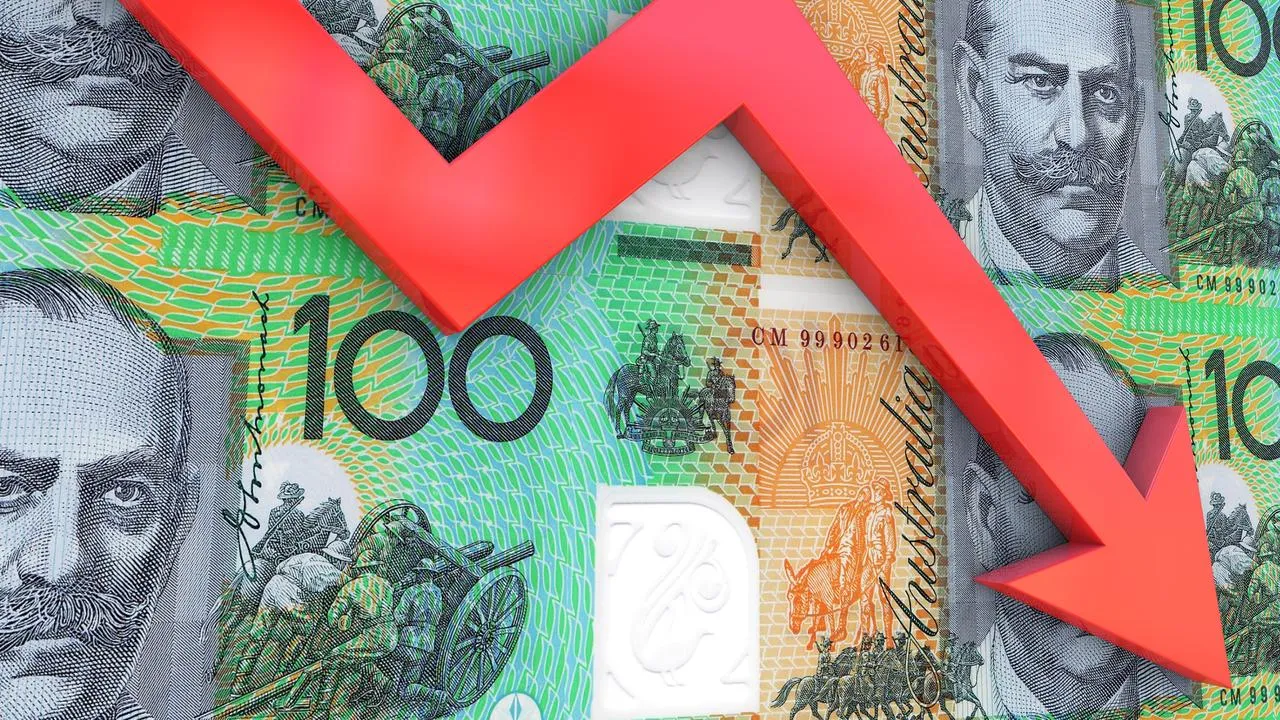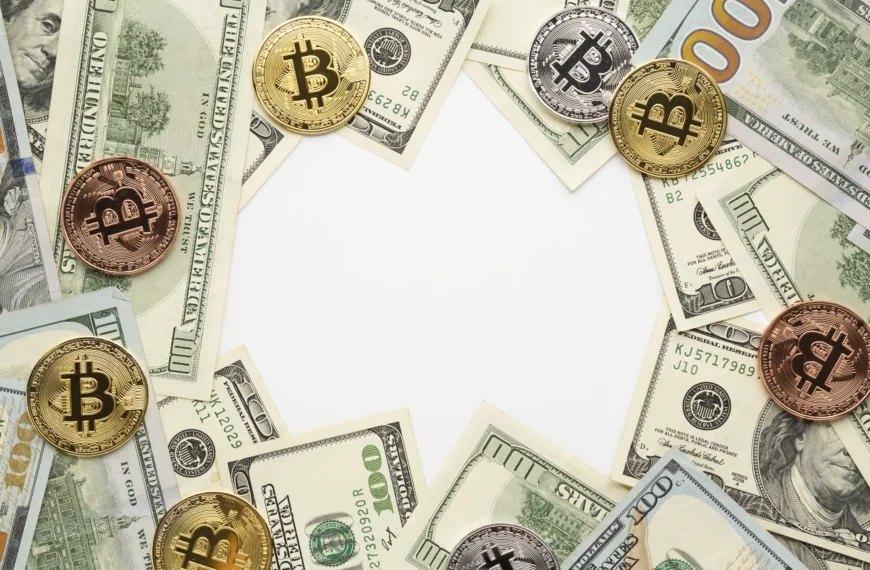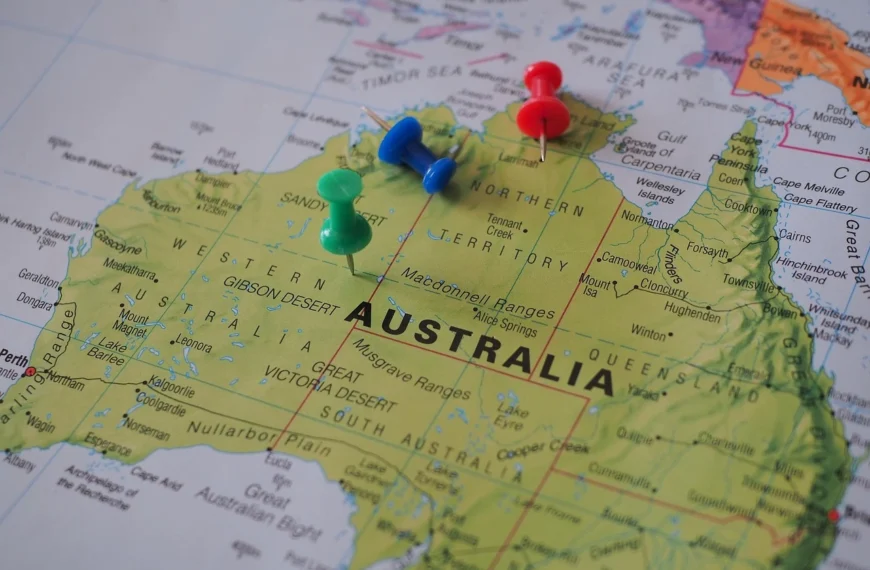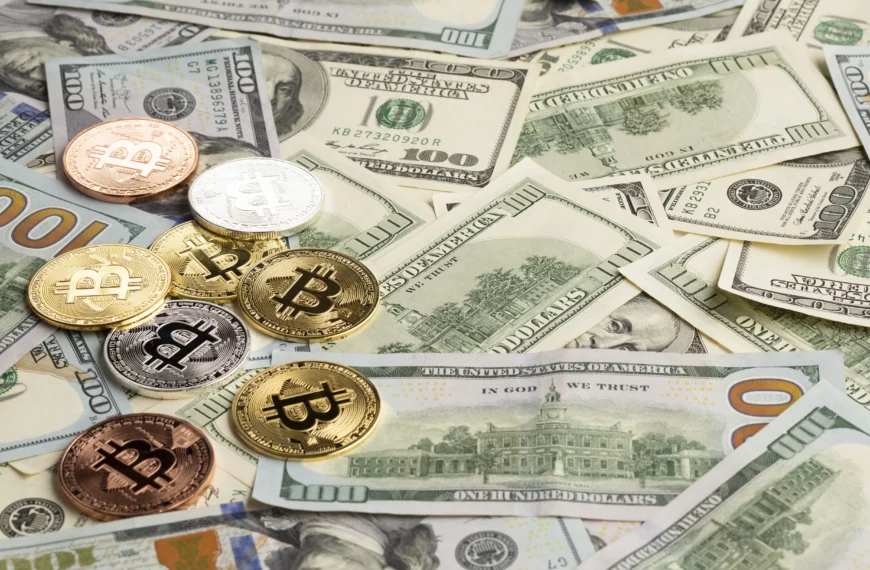The Australian dollar has taken a dramatic nosedive, hitting its lowest point since 2020 at approximately 61 US cents. This slump has raised eyebrows across global markets, with economists identifying a strengthening US dollar, trade tensions, and inflationary concerns as primary culprits. Let’s delve deeper into the forces behind this decline and its ripple effects.
Understanding the Aussie Dollar’s Recent Decline
The Australian dollar’s fall isn’t just a passing trend—it’s a reflection of global economic shifts and Australia’s current economic challenges. Trading at its weakest level since the pandemic, the Aussie dollar is bearing the brunt of external and internal pressures. For everyday Australians, this could translate to steeper costs for imported goods, from smartphones to fuel, putting more strain on household budgets.
The Role of the US Economy in the Decline
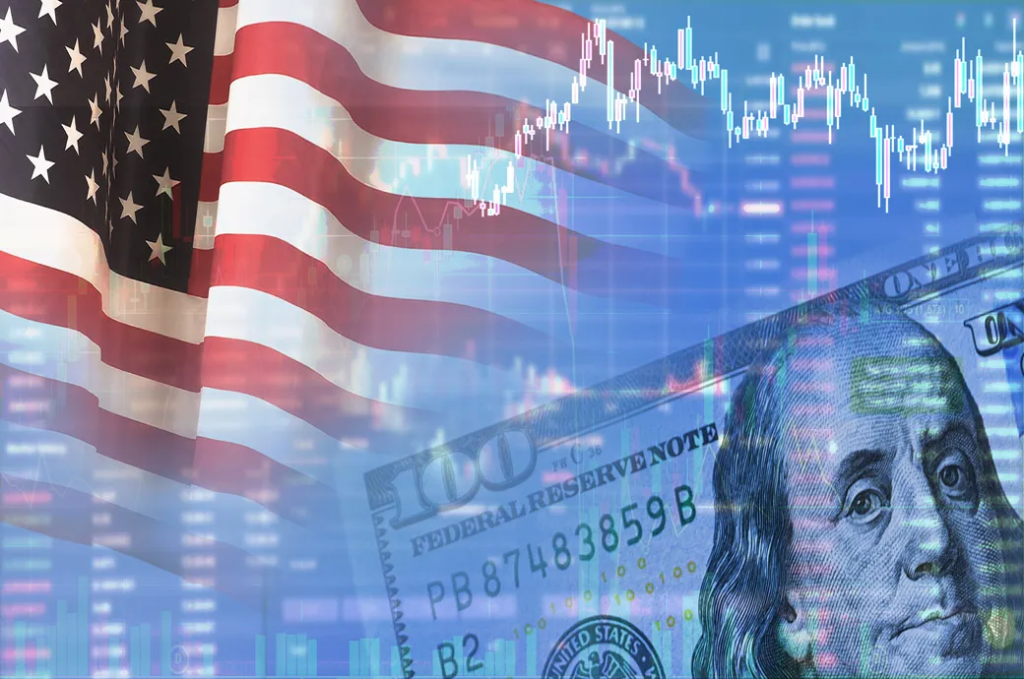
The US economy appears to be flexing its might, fuelled by stronger-than-expected employment data that suggests resilience amidst global uncertainties. A robust labour market has given the US dollar a significant boost, casting a shadow over currencies like the Aussie. It’s as though Uncle Sam is running laps around the field while Australia is struggling to keep pace on the sidelines. This strength leaves little room for other currencies to shine.
Global Trade Tensions: A Major Contributor

Chart: The Conversation Source: https://wise.com/au/currency-converter/aud-to-usd-rate/history
If the US and China’s trade relationship were a soap opera, Australia would be the unwitting side character caught in the crossfire. With trade tensions heating up between these two economic giants, Australia’s heavily export-reliant economy is feeling the squeeze. As a key trading partner of both nations, any volatility in their relationship sends ripples through the Australian economy, further pressuring its currency.
Inflation and the RBA’s Challenges
A weaker currency doesn’t just pinch wallets abroad; it raises the cost of importing goods, intensifying inflation concerns at home. This creates a challenging scenario for the Reserve Bank of Australia (RBA). Should it stick with the current 4.35% cash rate or tighten monetary policy further? Hiking rates could help tame inflation but risks stifling economic growth, making it a precarious balancing act with significant consequences.
What Lies Ahead for the Australian Dollar?

So, what’s in store for the Aussie dollar in the months ahead? Analysts predict continued headwinds, especially if the US Federal Reserve holds firm on interest rates. Meanwhile, Australia’s domestic economic indicators, like employment data, will play a pivotal role in determining the dollar’s path. As 2025 unfolds, the RBA’s decisions will be closely scrutinised, with each rate announcement shaping not just the currency but also the broader economic landscape.
Conclusion
The Australian dollar’s current struggles underline the interconnected nature of global economies. As the US economy flexes its strength and geopolitical tensions simmer, Australia finds itself in a precarious position. With inflationary pressures mounting and economic uncertainties persisting, the RBA’s next moves will be critical. The Aussie dollar’s fate isn’t just about local issues—it’s a compelling story of global forces and Australia’s resilience in navigating these challenges.
